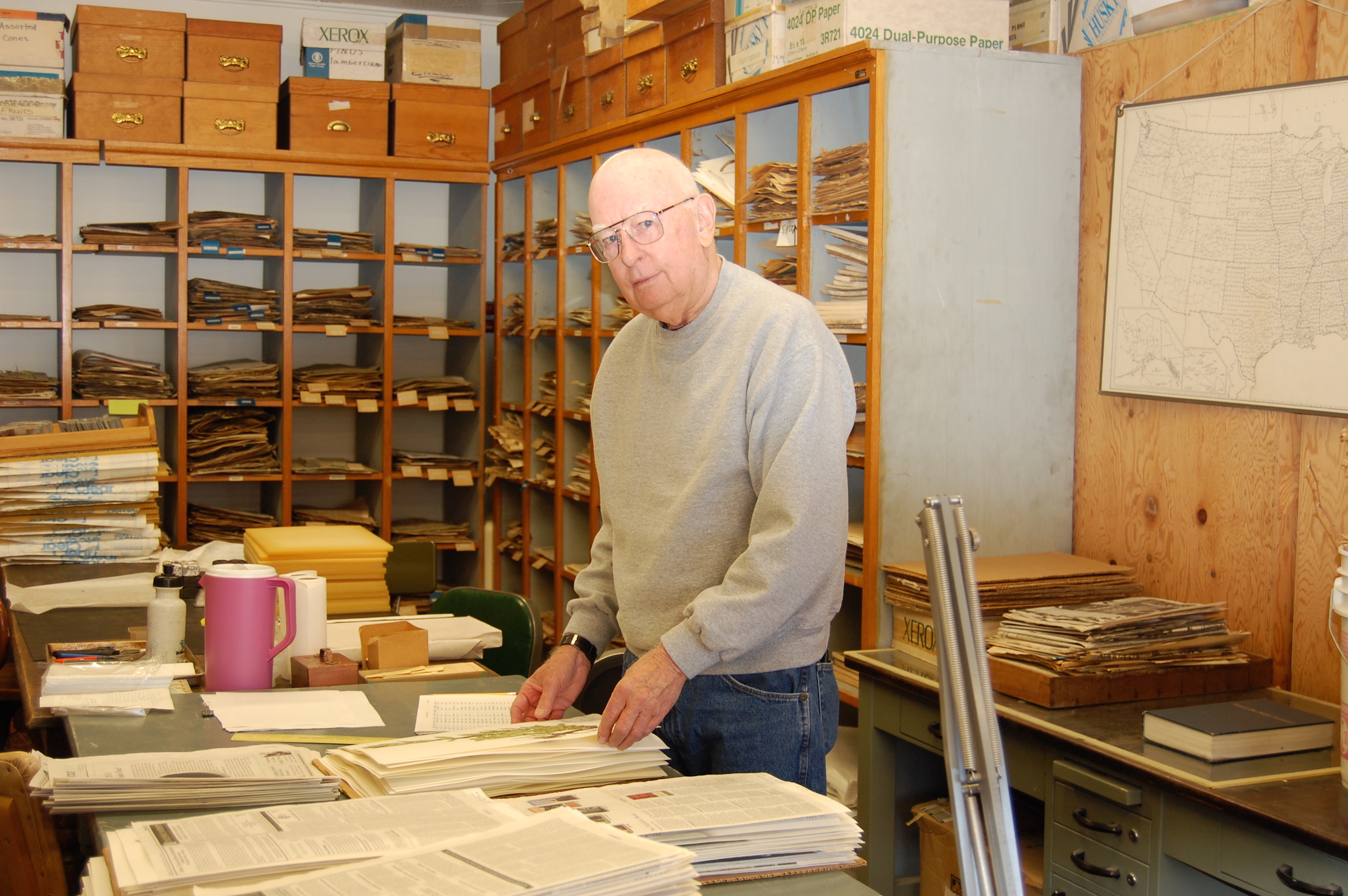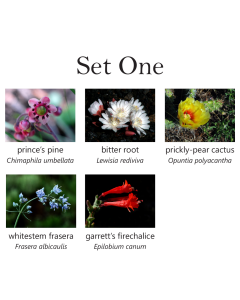Idaho Museum of Natural History honors late volunteer Dick Anderson, raises money for ‘plant camp’
December 17, 2015
The Idaho Museum of Natural History (IMNH) at Idaho State University is selling cards to promote the extraordinary photography of its late volunteer, Dick Anderson, and to raise funds for hosting a botany foray.

“He passed away in 2015 and we just want to keep these beautiful images alive,” said Janet Bala, Idaho Museum of Natural History Ray J. Davis Herbarium collection manager.
The cards are blank note cards with pictures of native plants of Idaho on the front. The cards are sold in sets of five for $8 or buy two or more sets for $7.50 per set. The proceeds will help the Ray J. Davis Herbarium host the annual Idaho Botany Foray in June 2016 and, in order to do that, the museum needs to raise approximately $1,000. This money will be used for vehicle rentals, gas and plant collecting supplies.

The Foray, or as referred to around the museum as the “plant camp,” is an annual meeting of the four major herbaria in Idaho. They gather to collect plants specific to an area in Idaho. This coming year’s foray will be in the Pahsimeroi area of the Lemhi’s in Central Idaho.
Bala describes the importance of the foray as “this sort of work is very important for historical purposes and the new collections can be compared with historical collections of the same area to see changes in the plant species and communities. With warming temperatures we are seeing larger changes in where plants can survive and this is very important for the future of our native plants. Where the plants grow will affect the entire food chain that depends on particular plant communities.”
The plants collected will be processed by the Ray J. Herbarium. This includes drying, freezing and making labels with all the pertinent information about the plant and the location where it was collected. The herbarium will keep one set of each specimen collected and the other sets will be distributed to the other herbaria for their collections. The specimens will be preserved and will be imaged. These images will be available to the public on our website at the Consortium of the Pacific Northwest Herbaria, www.pnwherbaria.org. The images are available for public use and research.
The IMNH is located at 698 E Dillon St in Pocatello. For information about IMNH please visit imnh.isu.edu.
Categories:
